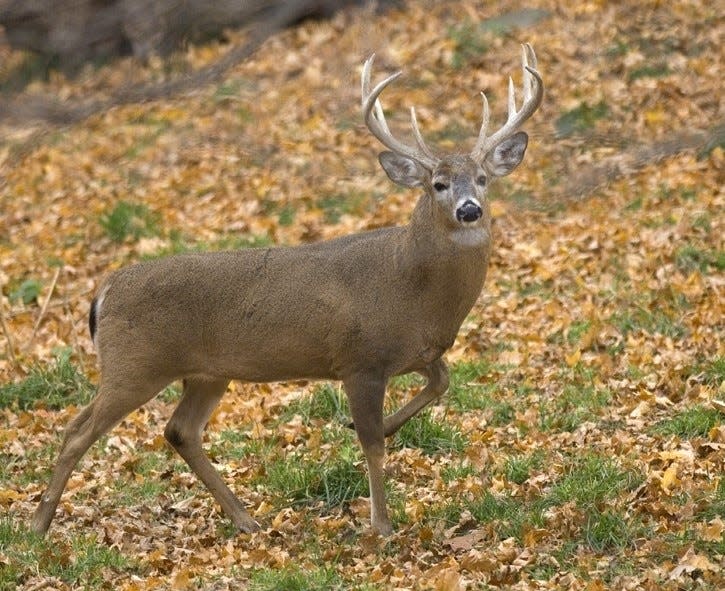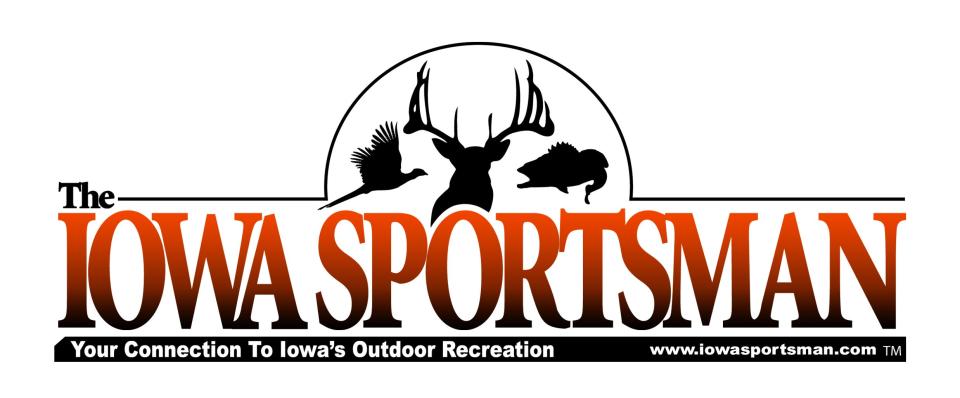Patterning a rutting buck is like a jigsaw puzzle. One piece at a time.
I have always been fascinated with the complexity and interconnection of everything in our natural world. Like a completed jigsaw puzzle, the perfect picture is only there if every piece is carefully laid in the perfect place, starting with the outer edge.
A big buck and his rut routine is pieced together using the same sequence of deliberation that we use to piece together a puzzle. If you do your homework as a hunter, it is possible to put together a big buck’s pattern, piece by piece, until you are standing over that buck filling out your transportation tag. Here is my sequence to building a big buck jigsaw during the rut.
All puzzles are most easily started by piecing together the edges until you have formed the perimeter of the picture. The same applies to the bruiser you are chasing in the woods this fall. You know a deer is in your area because you have seen him, you just need to nail down the core area of where he lives. The size of a buck’s territory depends on two things: the size of his ego and the deer’s age.
Young deer will have the largest territory during the rut. A 1-3 year-old buck is likely to have a large home range during the rut because he can be anywhere a doe will pull him to one minute, and then get in a backwoods bar fight the next and be on his way to the next farm to search for an easier doe.
Middle-aged deer will have a medium-size range during the early season and pre-rut, but this area will shrink as the rut kicks into full swing. 3-5 year-old bucks are your more aggressive fighters that won’t stop until they have a dominant hold on a home range for the year. Once they have run other bucks off, they pin themselves down to enjoy the fruits of their early-season labor.
5-9 year-old bucks tend to have the smallest territory because they are large enough to void off most contenders and they are smart enough to know that does who aren’t ready to breed don’t need chased for miles until they change their mind. A big buck’s territory can literally be as small as 10 acres, while a young buck’s territory can be as large as a mile or more if he is getting the short end of every stick in the woods.

More: On the hunt for quail in southern Iowa
Once you have the edge pieces in place, it is time to start looking for common denominators in the other pieces, as you begin to complete your big buck puzzle.
The bulk of any puzzle is trying to decide if the piece we are looking at goes in one of several parts of the final picture. Not only do we need to look at the natural factors like habitat, food and does, but we need to look at movement patterns charged by supernatural factors like moon phases, weather patterns and pressures. Trail cameras are awesome tools that give us much more info now regarding the patterns of your buck than they once did. They show you the time of day/night he moved, the barometric pressure, the moon phase and more, depending on the model of cam you use. The time of day is only one piece of the puzzle, but more than likely he is only moving at that time because of the other factors that align at that time. Make a list of all the factors you know when reviewing trail cam pics, as these will tell you when you have the best chance of him replicating his actions, and you can plan to be in the woods.
More: How to prepare your dog to be in peak condition for hunting season

Now that we are narrowing in on the center, we need to look at the animate and inanimate objects in the picture. If you have hunted an area before, you likely know the funnels that guide the deer through their habitat. Whether this is a simple draw up the middle of a food source, a water way, or simply a depression in a pasture, big bucks still use these to move their does around during the rut. Often the bucks will hang back and use the simple inanimate objects or land features to mask their presence until that doe is hot and ready for action. If you know the buck is in his home range, and the does are funneling through specific land features, use these to target likely buck hideouts during the hot rut action.
Finally, we need to consider basic biological and ecological factors that will paint the final touches to our nearly completed picture of where the buck will be. After a hard day of chasing, a buck will be ready to eat, bed or travel. Even though he has these biological needs, he isn’t a complete idiot to forget about the ecological role we play as hunters. He will still feel vulnerable in the open when he isn’t chasing, so when planning your hunts around his core area, your best bet is to only move in if you feel that it is the perfect time to kill him. It is vital that you know all the factors that contribute to his movements: moon phases and weather pressures, doe movement patterns through his area, key land features that will guide his movements, and the ecological pressures that you have or have not put on him will all be needed to figure out what your key moments are.
More: How deer hunters can help their fellow Iowans fight hunger
You are the final piece of the puzzle. If you try to place yourself into the picture before the time is right, the bigger the chance of you distorting your puzzle by alarming him to your presence. Wait until the other pieces are all in place, and then make your move to put the masterpiece on your wall.
This article was provided to the Register courtesy of The Iowa Sportsman magazine. For information about the publication and to subscribe, visit iowasportsman.com or call 877-424-4594.
This article originally appeared on Des Moines Register: Here's why patterning a rutting buck is like a jigsaw puzzle

